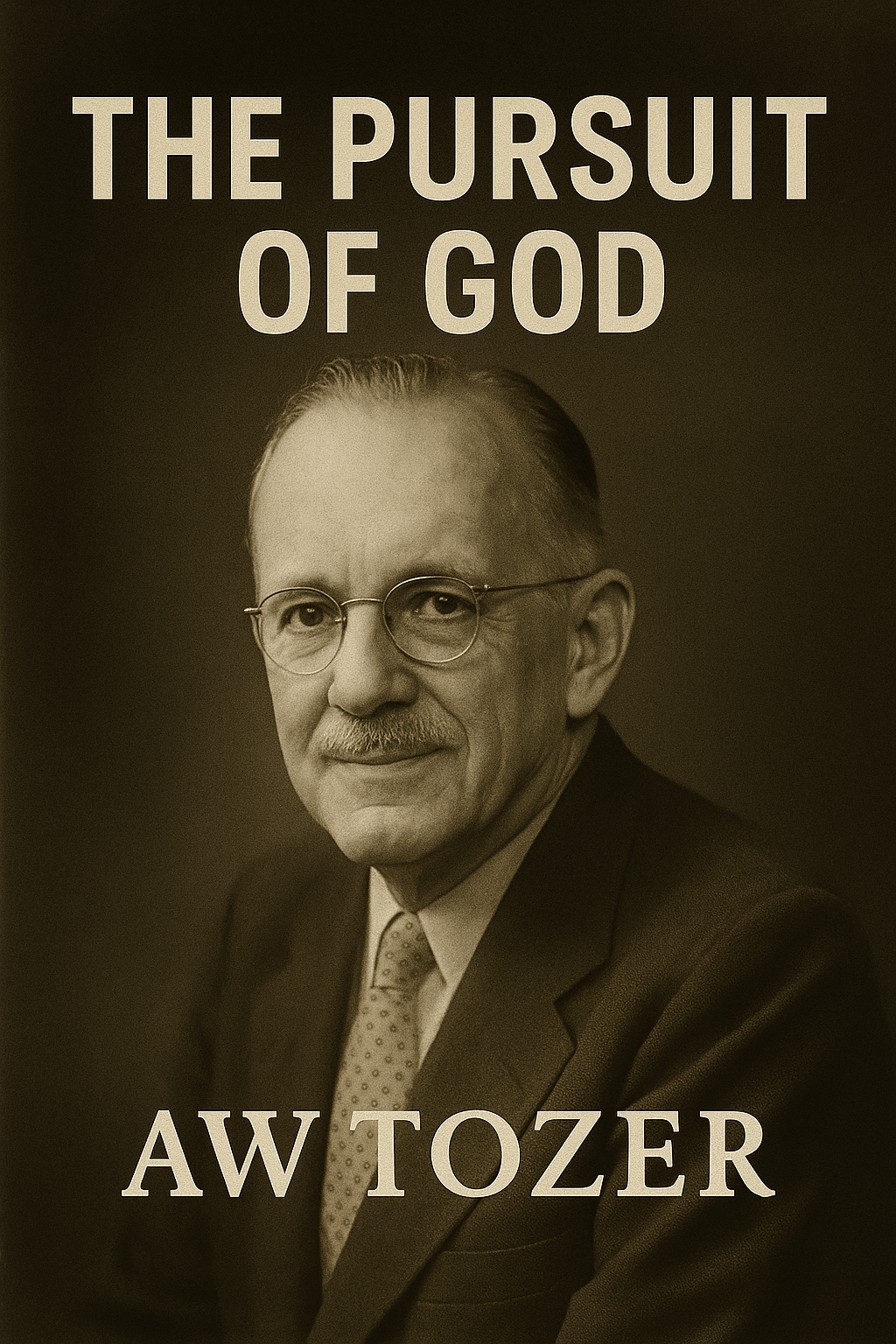
Contents
Chapter 7: The Gaze of the Soul
Imagine a clear-minded person reading the Bible for the first time, with no bias or agenda. As he reads, certain themes begin to stand out, forming the backbone of his faith. Among them, faith rises quickly to the top. He learns that without faith, no one can please God, approach Him, or live spiritually at all. Faith is the very means by which the soul lives.
This leads naturally to the pressing question: What is faith? And even more personally: Do I have it? Most teachings on faith define it in shallow or abstract terms. Some talk only about results—answered prayers or material blessings. Others get tangled in philosophy and end up confusing more than clarifying.
But Scripture gives us almost no definition—just a glimpse in Hebrews 11:1, where faith is described in action, not in theory. It's something we do, not merely something we define. Faith is a gift from God, born through hearing His Word. And like Thomas à Kempis said, "I'd rather live it than define it."
So let us look at faith in operation.
There's a powerful story in Numbers 21: the Israelites, having rebelled, are bitten by poisonous snakes. God tells Moses to make a bronze serpent and lift it up on a pole. Anyone who looks at it will live. Jesus later refers to this moment in John 3: "Just as Moses lifted up the serpent in the wilderness, so must the Son of Man be lifted up." He makes the connection crystal clear—looking in the Old Testament is the same as believing in the New.
And this is the key: Faith is the gaze of the soul upon a saving God.
The Psalms echo this over and over: "They looked unto Him and were radiant." "Our eyes wait upon the Lord our God until He has mercy." Jesus Himself lived this way—constantly looking toward the Father. The writer of Hebrews urges us to run the race of life "looking unto Jesus." Clearly, faith is not a one-time act but a continuous gaze—a deep, inward attention fixed on Jesus.
Believing is not about straining or forcing. It's a lifting of the soul's eyes—first with effort, then more naturally over time. Distractions come, but the soul that's been committed always returns to Jesus, like a bird finding its way back to its window.
This is what God values: a heart set in the direction of Christ. He knows our distractions and grants grace, accepting our steady intention even when our gaze is broken for a time. Eventually, this becomes habit—a spiritual reflex.
And here's something remarkable: faith is the least self-conscious of the virtues. Like the eye, it sees everything else but never itself. The one who lives by faith is too occupied with Jesus to obsess over their own state. The one who's failed at self-purification will finally breathe freely when he stops focusing inward and simply gazes upon the One who is perfect. As he looks, transformation happens—not through self-effort, but through divine action. God begins to work within him to will and to do.
Faith isn't something that earns points; the power lies in the One we look to. Sin turned our focus inward, twisting our view. Faith restores our vision outward. It re-centers God in the frame and displaces self. To look away from ourselves is healing. That's the beginning of salvation. It's not complicated—and we don't apologize for its simplicity. "The word is near you," says Scripture. Just lift your eyes, and the work of faith begins.
And when we lift our inner eyes, we find that God is already looking back. "The eyes of the Lord run to and fro throughout the earth." Heaven begins in that meeting of gazes.
Nicholas of Cusa, a mystic from 400 years ago, described this holy meeting as a mutual embrace—our longing gaze met by God's steady delight. He called it the heart of eternal life: God beholding us and awakening in us a deeper love.
Faith, then, is incredibly accessible. It's the most important act, yet it requires no special gear, no location, no ritual. One can look from a hospital bed, a prison, a kitchen sink, or a battlefield. No church building is necessary. It's an inward act, always possible.
And faith isn't reserved for monks or clergy. Many ordinary workers practice it without even realizing it—they live with a quiet, steady inward glance toward God. Even when their minds are occupied, a deeper part of them is still turned Godward. And when their tasks allow, their attention leaps right back.
Of course, the usual practices—prayer, Scripture, church attendance—still matter. But they're not the center. The center is the habit of beholding God. That quiet, constant looking gives all other activity its meaning.
Some may worry that this emphasis on private faith undermines Christian unity. But consider this: a hundred pianos tuned to the same fork are automatically in tune with each other. Unity comes not from tuning to each other, but from tuning to Christ. Real fellowship flows from personal devotion.
This life of faith assumes full repentance and surrender. Only those who've given themselves to God will want to live this way. But for them, this habit of looking becomes the gateway to deeper joy.
Faith becomes the steady dwelling of the soul in God—even while we walk the dusty paths of daily life. In that gaze, we find the one thing every heart longs for: life's summum bonum, the greatest good.
"O Lord, I've heard the call to look to You and be satisfied. But sin clouds my vision. Cleanse me. Make me inwardly pure, so I may gaze on You with unveiled eyes all my days. And when You return in glory, let me be ready to see You face to face. Amen."